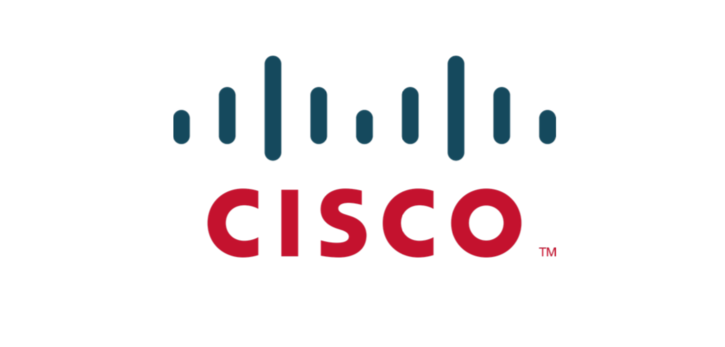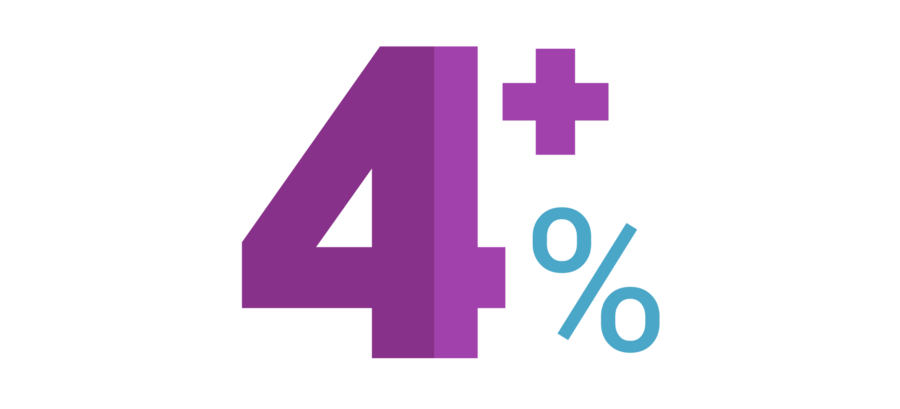
Cisco's Dividend Remains Solid Following Earnings Report
Cisco's (CSCO) CEO Chuck Robbins recently described the current environment as "the greatest financial crisis in our lifetime," so it's no surprise that many companies are tightening up their budgets.
On Wednesday, market research firm Gartner updated its global IT spending forecast for 2020 and now projects a drop of 8% versus prior expectations calling for a 3.4% increase, according to The Wall Street Journal.
Given this backdrop, Cisco (CSCO) delivered better-than-feared earnings on May 13, and we continue to believe that the network-equipment giant remains deserving of its Very Safe Dividend Safety Score.
The pandemic has had a mixed impact on Cisco. The firm's revenue fell 8% last quarter, driven by at 15% decline in Infrastructure Platforms (58% of sales).
This segment primarily sells networking switches and routers used in buildings, offices, and corporate data centers.
In this business Cisco encountered manufacturing challenges and component constraints, which management said "drove a large chunk" of that revenue decline.
Other areas delivered better results.
Services (25% of revenue) grew 5%, driven by increased software and solution support. Security (5% of revenue) sales increased 6% as more companies needed to invest in solutions to secure remote workers and their devices.
And while Applications (11% of revenue) declined 5%, Cisco expects better performance going forward as a surge in free trials of its WebEx videoconferencing software converts into paid users.
Looking at the bigger picture, the world depends on Cisco's technology more than ever in this environment. As we discussed in our thesis, without Cisco, much of the country's communications infrastructure would not function.
While businesses in more troubled industries such as hospitality and leisure are pulling back on IT spending, management believes that other companies are realizing they need to update their infrastructure:
On Wednesday, market research firm Gartner updated its global IT spending forecast for 2020 and now projects a drop of 8% versus prior expectations calling for a 3.4% increase, according to The Wall Street Journal.
Given this backdrop, Cisco (CSCO) delivered better-than-feared earnings on May 13, and we continue to believe that the network-equipment giant remains deserving of its Very Safe Dividend Safety Score.
The pandemic has had a mixed impact on Cisco. The firm's revenue fell 8% last quarter, driven by at 15% decline in Infrastructure Platforms (58% of sales).
This segment primarily sells networking switches and routers used in buildings, offices, and corporate data centers.
In this business Cisco encountered manufacturing challenges and component constraints, which management said "drove a large chunk" of that revenue decline.
Other areas delivered better results.
Services (25% of revenue) grew 5%, driven by increased software and solution support. Security (5% of revenue) sales increased 6% as more companies needed to invest in solutions to secure remote workers and their devices.
And while Applications (11% of revenue) declined 5%, Cisco expects better performance going forward as a surge in free trials of its WebEx videoconferencing software converts into paid users.
Looking at the bigger picture, the world depends on Cisco's technology more than ever in this environment. As we discussed in our thesis, without Cisco, much of the country's communications infrastructure would not function.
While businesses in more troubled industries such as hospitality and leisure are pulling back on IT spending, management believes that other companies are realizing they need to update their infrastructure:
I have had a lot of customers who are not at the center of this crisis who realized during this pandemic that they have a fair amount of technical debt, and they have a lot of aged equipment. And so we don't know what the time frame is, but many of them have said, "This is going -- this is a wake-up call, and this is going to actually give us air cover to talk to our senior leadership team about upgrading and building out a more robust, modernized infrastructure."
...
I do believe that the one difference that I see in this [crisis] is that this came upon us so quickly and so consistently around the world that I do think customers are now stepping back and asking themselves, "What do I need to do to harden my infrastructure and to better prepare my business for the next time something like this happens?"
– CEO Chuck Robbins
With the world going online practically overnight, Cisco's breadth of solutions (security, switching, wireless, routing, collaboration, etc.) and trusted brand position it well to continue helping customers address the higher demand on their networks.
With that said, the work-from-home trend creates some uncertainty for Cisco's network equipment used in corporate offices and data centers. If fewer people return to the office, perhaps less equipment will be needed going forward.
It's too soon to say what the future of work will look like across different industries.
A broad, sustained shift to remote work may not be as lucrative, but Cisco's portfolio is adaptable and contains many relevant offers for off-site work (security software, videoconferencing, virtual private network connections, etc.).
From a financial perspective, Cisco remains very solid as well.
The company's balance sheet holds $28.6 billion of cash and investments compared to $16 billion of debt, earning Cisco an AA- credit rating from Standard & Poor's.
The business generates great cash flow as well, even during downturns. During the 2007-09 financial crisis, Cisco generated at least $8.9 billion of free cash flow each year.
For context, the current dividend costs about $6 billion annually, and Cisco's 2019 operating cash flow was about 30% higher than it was heading into the last recession. The dividend seems likely to remain well covered.
It's also worth noting that the company derives more of its business from recurring software and service revenue (over 30% of revenue is now from recurring sources). This helps to stabilize cash flow during downturns.
Management remains committed to returning at least half of Cisco's free cash flow to shareholders as well. We believe the dividend, which consumed 40% of free cash flow last year, remains an important priority for the company.
We have a very strong balance sheet, healthy free cash flow generation, and the ability to quickly access capital markets. This is a competitive advantage in a challenging environment.
Our commitment to our capital allocation program remains unchanged, and we intend to continue to deliver long-term value to our shareholders through the return of a minimum of 50% of our free cash flow annually.
– CFO Kelly Kramer
Overall, Cisco looks well positioned to navigate through this challenging period. The firm maintains an excellent balance sheet, generates solid cash flow, sells mission-critical products, and has a larger base of recurring revenue compared to past recessions.
We expect Cisco to continue providing a dependable source of income for investors and plan to continue holding our shares in our Top 20 and Conservative Retirees portfolios.



